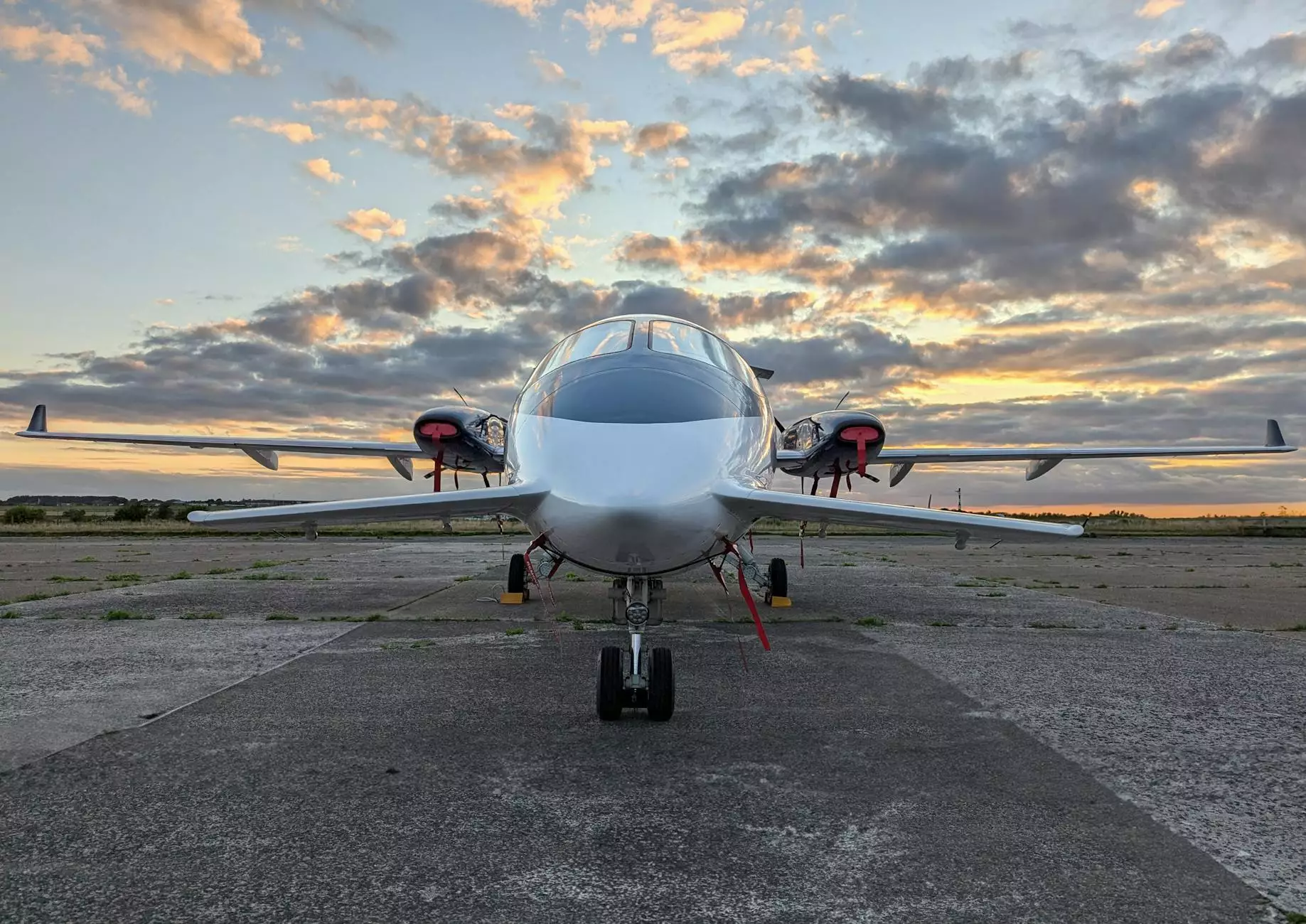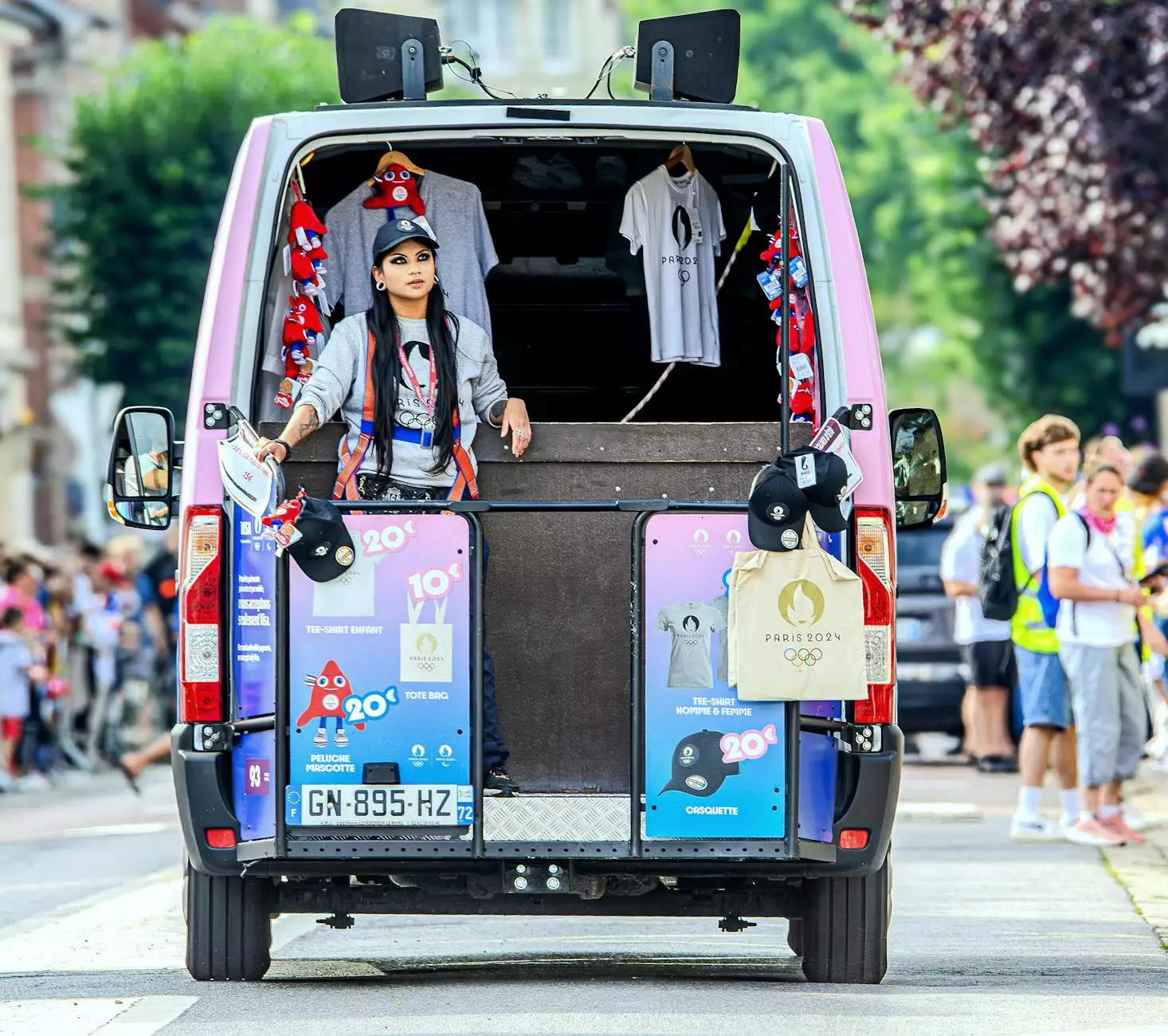How Much Is Bartender Software? A Comprehensive Guide

In today’s fast-paced world, businesses require efficient and precise tools to meet their operational needs. Bartender software stands out as a vital piece of technology for industries that manage inventory, streamline processes, and enhance productivity. But how much is bartender software? Let’s dive into the details and understand the factors that influence the pricing of bartender software products.
What Is Bartender Software?
Bartender software is a powerful labeling and barcode generation tool designed specifically for businesses needing to manage their products, shipments, and inventories effectively. With its robust capabilities, bartenders can quickly create high-quality, customized labels that suit various applications, including:
- Product labeling
- Shipping and receiving labels
- Barcode generation
- Event management and ticketing
- Quality control and compliance documentation
The software is widely used across different sectors, including retail, manufacturing, logistics, and food and beverage, to ensure seamless operations and compliance with industry regulations.
Factors Influencing the Cost of Bartender Software
The price of bartender software can vary significantly based on several key factors:
1. Software Features
One of the primary determinants of cost is the features included in the bartender software package. Basic versions with limited functionalities typically cost less, while comprehensive versions designed for larger organizations with advanced features will command a higher price. Some desirable features you might consider include:
- Integration with existing systems (ERP, CRM)
- Custom label design and templates
- Support for various printers
- Advanced reporting and analytics
- Compliance and regulatory features
2. Licensing Models
The licensing model adopted by the software vendor can greatly affect the price. Bartender software may be offered under various models, such as:
- Perpetual License: A one-time purchase that allows unlimited use of the software version purchased.
- Subscription Model: A recurring payment (monthly or annually) that grants access to the software, along with updates and support.
- Pay-Per-Use: Charges based on usage metrics, suitable for businesses with fluctuating demand.
3. Scale of Implementation
Another vital aspect is the scale at which the software will be implemented. A small business with basic needs will incur lower costs compared to a large enterprise that requires extensive features and customized solutions. Factors include:
- Number of users and licenses needed
- Level of customization required
- Integration with existing business systems
4. Training and Support
Investing in bartender software often includes training costs for staff and ongoing support. Thorough onboarding ensures that employees effectively utilize the software, leading to enhanced productivity in the long run. Consider these points:
- Cost of initial training sessions
- Availability of online resources and documentation
- Monthly support contracts or fees for ongoing assistance
Average Costs of Bartender Software
Understanding the general landscape of bartender software pricing can provide valuable context:
Basic Packages
For small businesses seeking essential capabilities, basic bartender software packages typically cost around $300 to $500. These packages often include:
- Basic label creation tools
- Standard barcode support
- Limited reporting features
Advanced Versions
For larger organizations or those with specialized needs, more advanced versions can range from $1,000 to $3,000 or more. These versions usually feature:
- Enhanced integrations and customization options
- Advanced reporting and analytics tools
- Comprehensive support and training options
Enterprise Solutions
For enterprises requiring custom solutions tailored to their workflow, prices can exceed $5,000. These comprehensive packages generally include:
- Fully customizable label designs
- Integration with multiple business systems
- Dedicated customer support teams
Benefits of Investing in Bartender Software
While the costs may seem steep, the long-term benefits of bartender software often outweigh the initial investment. Here are several advantages to consider:
1. Increased Efficiency
Automation of label creation and data management significantly reduces time spent on manual tasks, allowing for faster processing and improved overall efficiency.
2. Enhanced Accuracy
Bartender software minimizes human errors in label printing and data entry, ensuring that products are accurately labeled and comply with regulations.
3. Cost Savings
By streamlining processes, businesses can reduce operational costs related to labor, materials, and compliance issues, ultimately leading to higher profit margins.
4. Scalability
As businesses grow, bartender software solutions can easily adapt to changing needs, allowing companies to scale operations without hefty additional costs.
Conclusion
Understanding how much is bartender software is essential for businesses aiming to improve their labeling and inventory processes. With a variety of pricing options available based on feature sets, licensing models, and training requirements, businesses can find the right solution that meets their needs and budget. By investing in bartender software, companies can harness the power of automation and advanced technology to enhance their operational efficiencies, reduce errors, and ultimately drive growth.
For more information or to explore the best bartender software options tailored for your business, you can visit omegabrand.com today!









